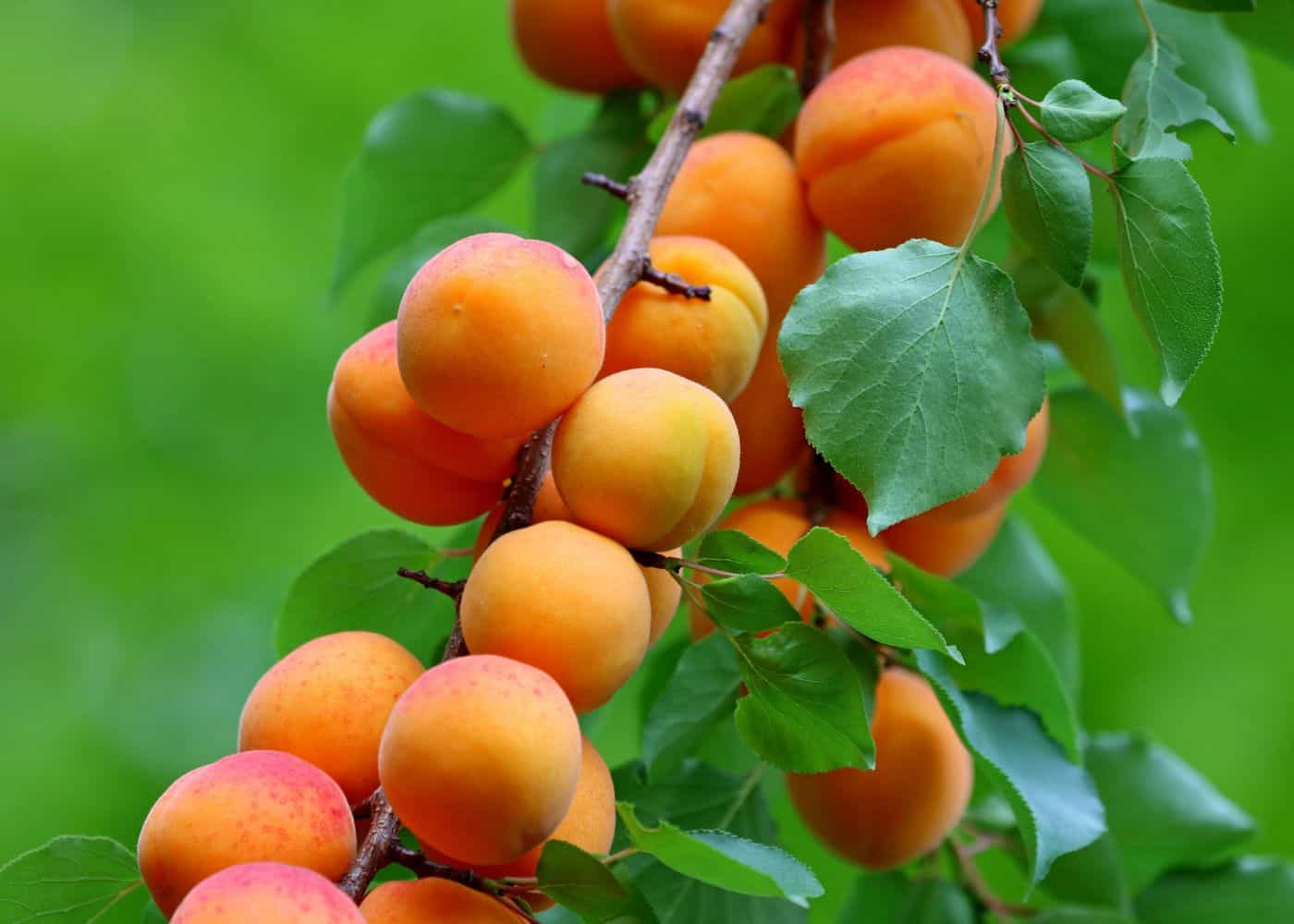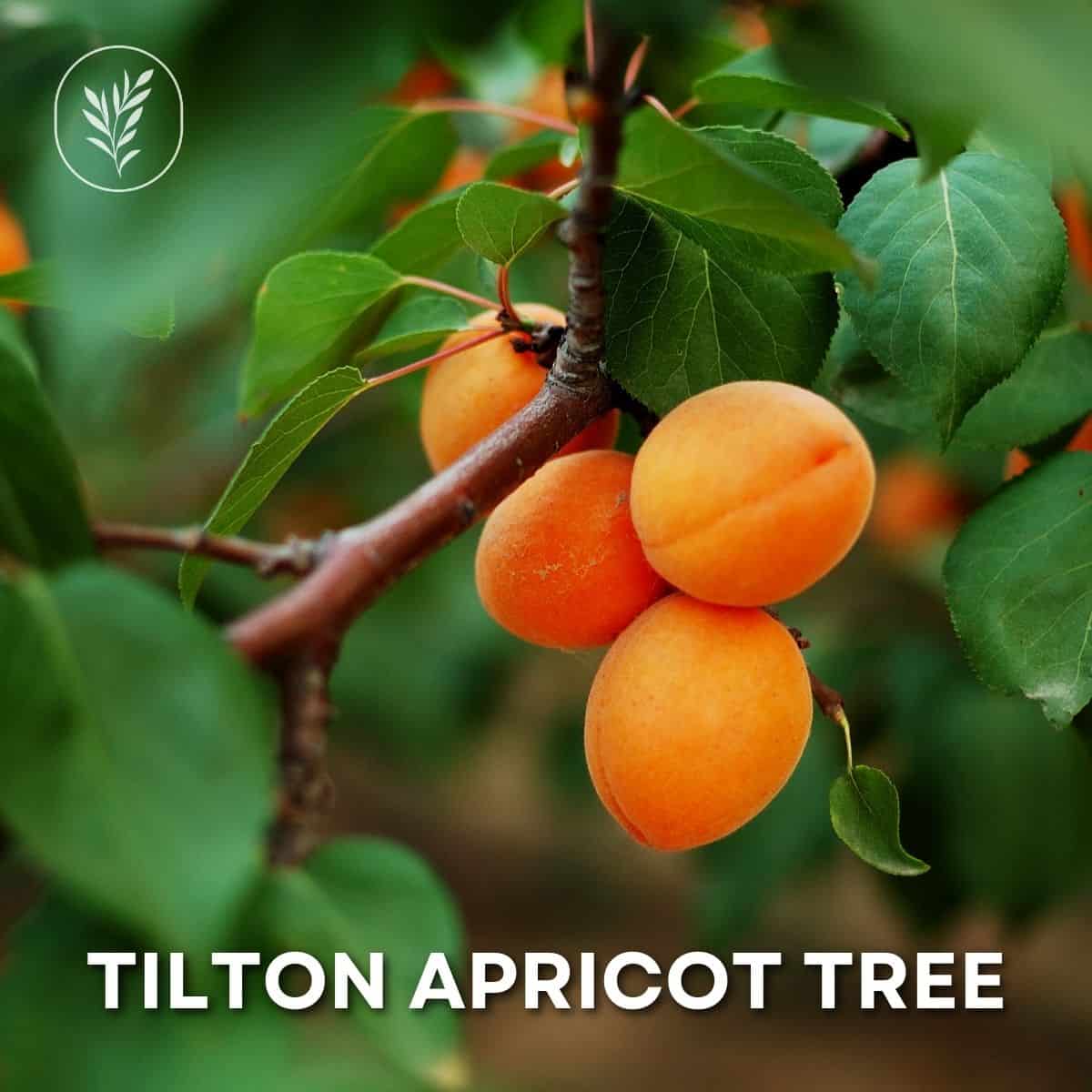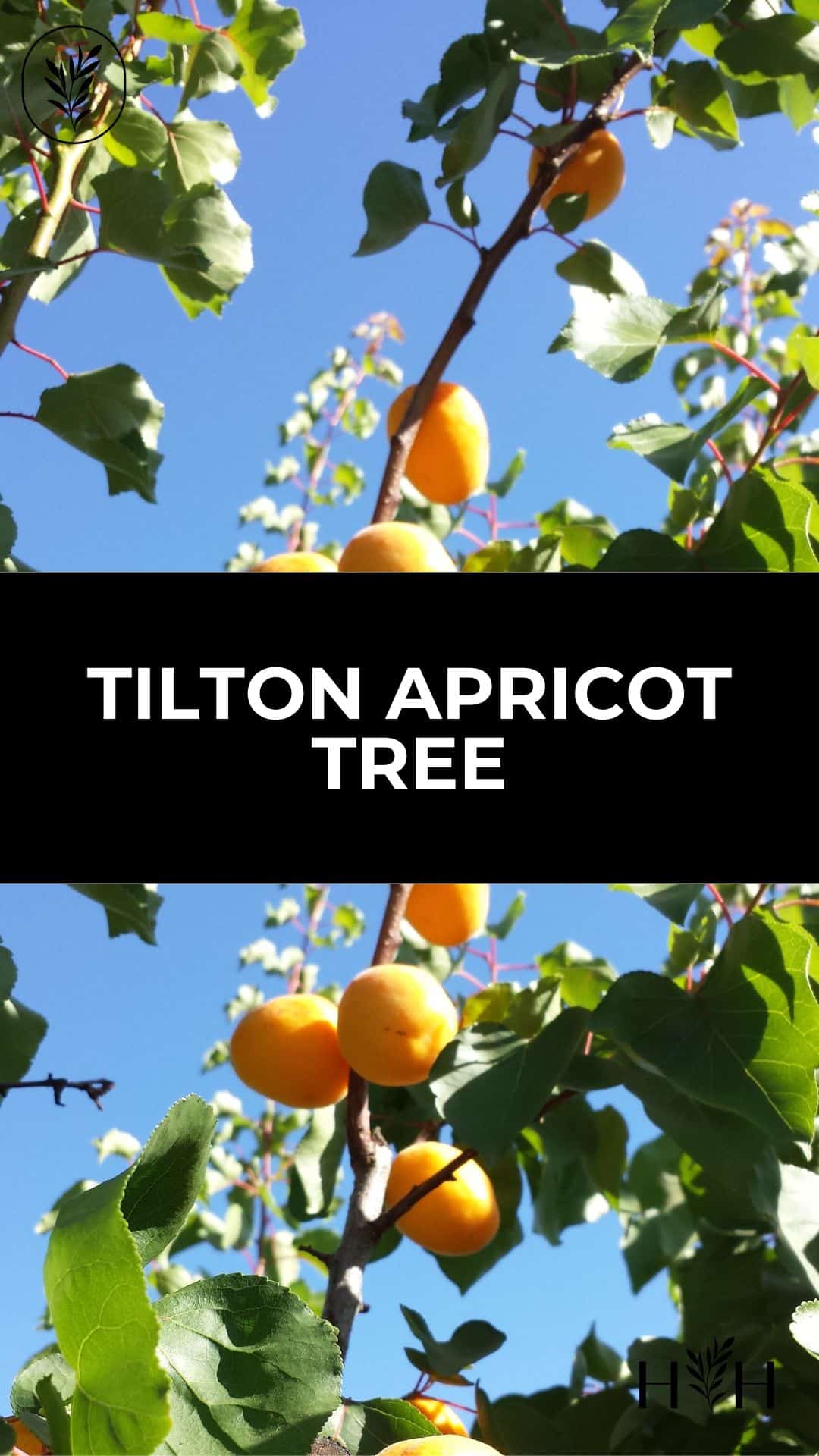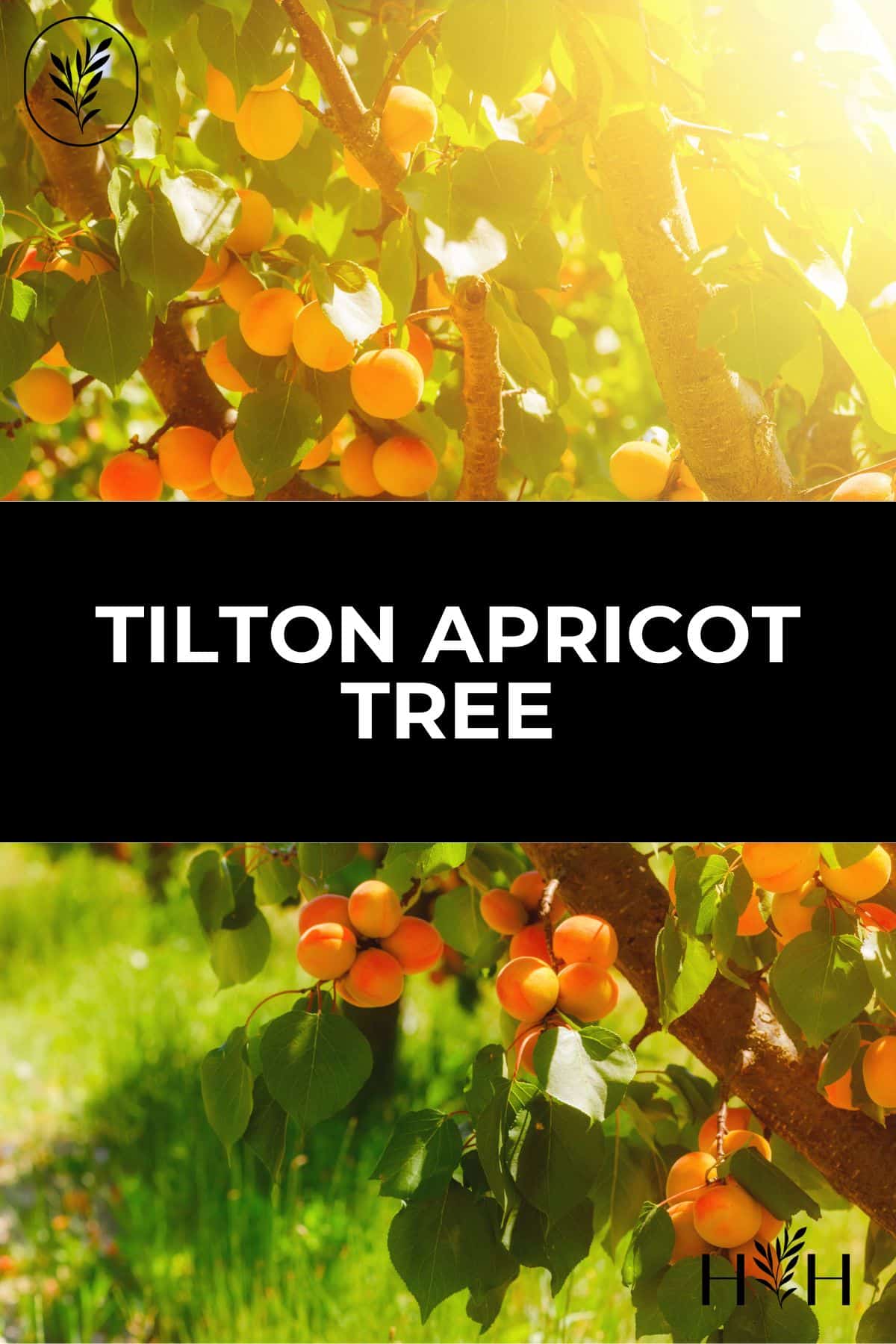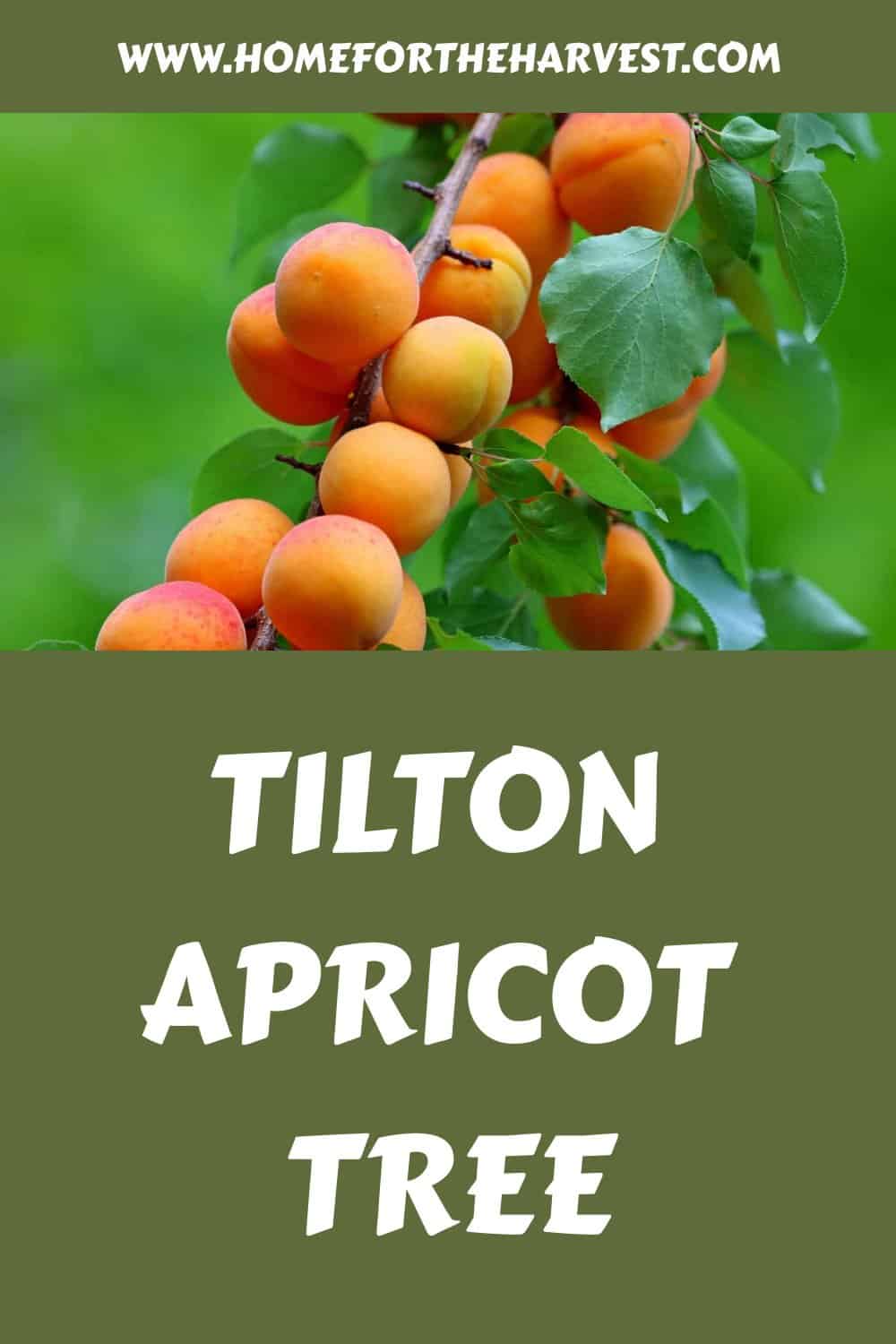The Tilton apricot tree is a hardy cultivar is perfect for home gardeners who want to reap the benefits of growing their own food without having to be an expert. With its unique characteristics and easy care instructions, the Tilton apricot tree makes gardening enjoyable and rewarding. Read on to learn more about this versatile variety including how it grows, what kind of maintenance it requires, and why planting one in your yard could be so beneficial.

Introduction to the Tilton apricot tree
The Tilton apricot tree is a popular choice among North American gardeners for its hardiness and productivity. It produces large, sweet fruits with a unique flavor that is perfect for snacking or baking. The tree grows to an average height of 8-10 feet and can live up to 30 years if properly cared for.
When it comes to caring for the Tilton apricot tree, there are some key things you should keep in mind. First, make sure your soil has good drainage as the roots will rot if left in standing water too long. Secondly, prune regularly during the winter months so that your tree stays healthy and productive. Finally, fertilize once every two weeks during spring and summer with a balanced fertilizer to ensure optimal growth and fruit production.
There are many benefits of growing the Tilton apricot tree in your home garden including its ability to produce high yields of delicious fruit year after year without needing much maintenance or care from you. Additionally, since this variety is self-pollinating it requires no other trees nearby which makes it ideal for small spaces where space may be limited but you still want fresh fruit at hand. Plus, they’re easy to grow from seedlings so even novice gardeners can have success with them.
If you’re looking for where to buy the Tilton apricot tree then look no further than your local nursery or online retailers who carry them in various sizes. You can also find pre-potted saplings at most nurseries, which makes planting easier than ever before.
The Tilton apricot tree is a great choice for those looking to bring a bit of beauty and sweetness into their garden, and with its unique characteristics, it can be the perfect addition to any landscape. Let’s take a closer look at what makes this tree so special.
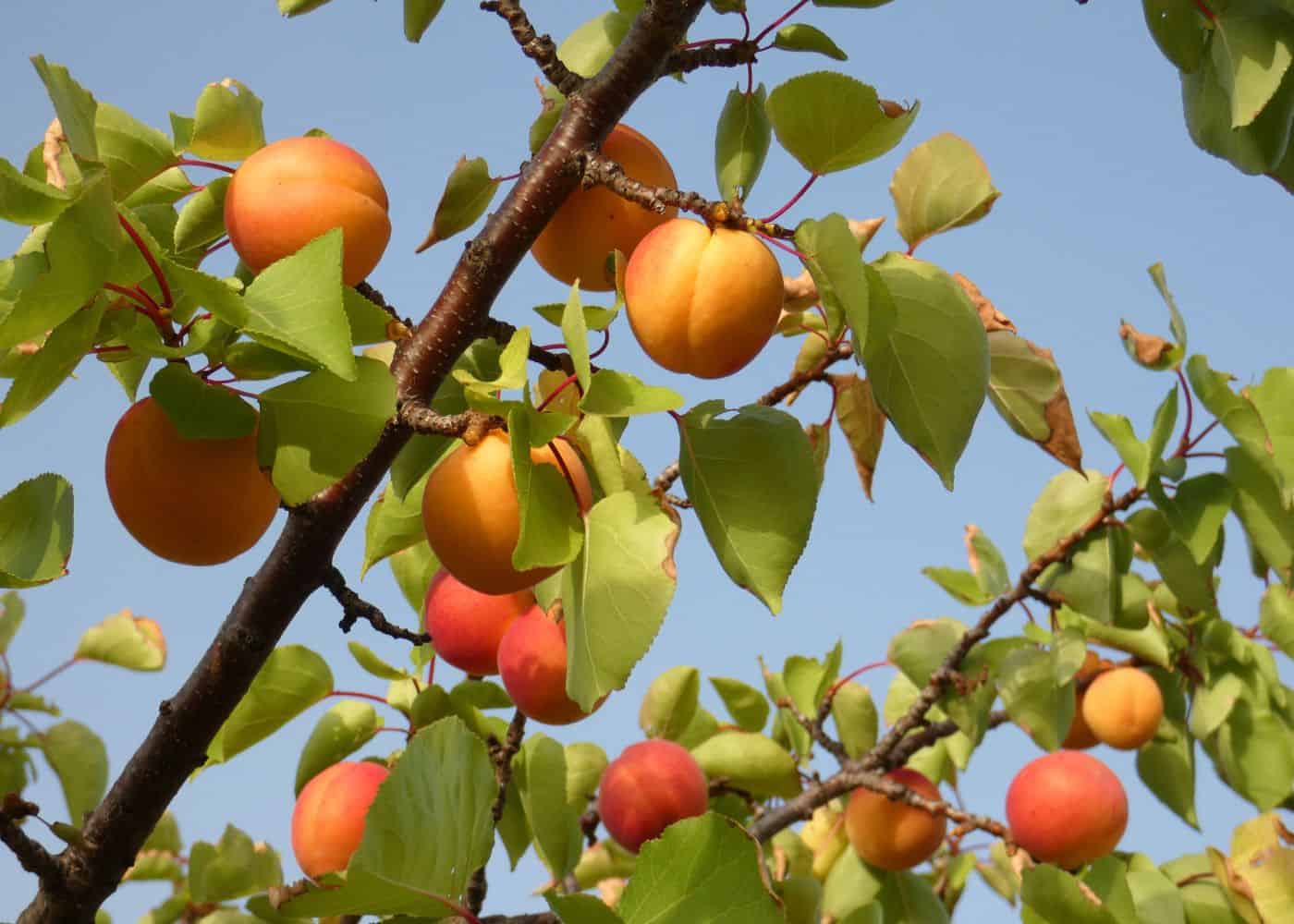
Characteristics of the Tilton apricot tree
Its foliage is dark green, and in springtime, it produces white flowers. The fruits of the Tilton apricot tree are large and yellow-orange in color, with a sweet flavor that makes them perfect for eating fresh or using in recipes.
This variety of apricot trees grows best in full sun to partial shade conditions but can tolerate some shade as well. It prefers moist soil that drains easily, so make sure you water regularly during dry spells to keep your trees healthy. The Tilton apricot tree is also fairly drought tolerant once established, so it’s ideal for areas where there isn’t much rainfall throughout the year.
When it comes to pruning your Tilton apricot trees, you’ll want to do this when they’re young – usually within their first two years after planting – as this will help encourage more fruit production later on down the line. Prune away any dead or diseased branches and thin out overcrowded limbs to allow light into the center of the canopy; however, don’t go overboard with pruning as too much can reduce yields significantly.
In terms of pests and diseases that could affect your Tilton apricots trees, aphids are one of the most common culprits; these small insects feed on sap from leaves and stems which can cause stunted growth or even death if left untreated. To prevent infestations use insecticidal soap sprays or horticultural oils every few weeks during peak season (April through August). Additionally, watch out for fungal diseases such as powdery mildew which may appear on leaves due to high humidity levels; remove affected parts immediately before treating with fungicides if necessary.
Overall, growing a Tilton apricot tree requires minimal effort yet offers many rewards. Not only does its beauty add visual interest to any landscape, but its delicious fruits provide endless culinary possibilities. Whether you’re looking for something special for your garden or just want a tasty snack straight off the branch, give this hardy variety a try today.
The Tilton apricot tree is a hardy, low-maintenance tree that produces sweet, juicy apricots. Now let’s learn how to properly care for it so you can get the most out of your harvest.
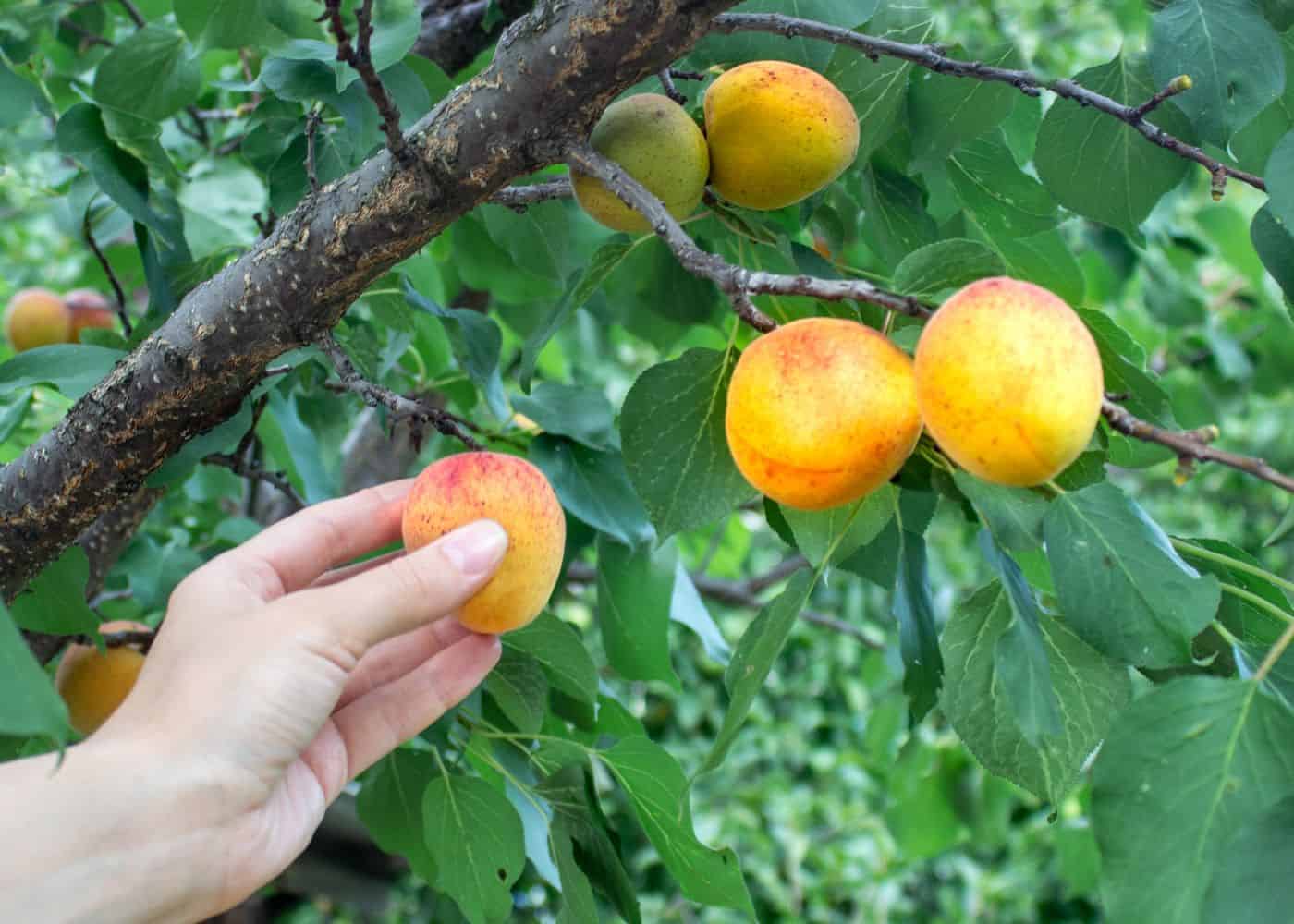
How to care for a Tilton apricot tree
It’s easy to care for and requires minimal maintenance, making it ideal for busy homeowners who don’t have the time or energy to be gardening experts.
Sunlight
The Tilton apricot tree needs full sun in order to produce healthy fruit and foliage. Planting it in an area that gets at least six hours of direct sunlight per day will ensure the best results. If your garden doesn’t get enough natural light, you can supplement it with artificial lightings such as grow lights or spotlights.
Soil
The soil should be well-drained and slightly acidic (pH 6-7). Adding organic matter such as compost or manure will help improve drainage and provide essential nutrients for the tree’s growth. If your soil is heavy clay, consider planting on raised beds or mounds so that water can drain away from the roots more easily.
Watering
Water regularly during dry periods but avoid over-watering which can lead to root rot or other problems. Established trees may only need watering once every two weeks while young trees may require more frequent watering until they become established in their new environment.
Pruning
Pruning should be done in late winter/early spring before new growth begins so that you are not cutting off potential flower buds later on in the season when they appear. This will also encourage a healthy branching structure which helps promote better air circulation throughout the canopy of leaves – reducing disease risk significantly.
Fertilizer
Fertilizing your Tilton apricot tree twice a year (spring & fall) with a balanced fertilizer like 10-10-10 will help keep it growing strong and producing lots of delicious fruit each season. Be sure not to follow package instructions carefully as too much fertilizer can burn delicate roots leading to stunted growth or even death of the plant if left unchecked.
Growing this variety of apricot has many benefits including its sweet flavor, early ripening fruits, attractive foliage, low maintenance requirements, and long lifespan – up to 25 years with proper care. Plus there are no major pests associated with this species so you won’t have to worry about dealing with pesky bugs ruining all your hard work either.
With proper care and maintenance, the Tilton Apricot Tree can thrive in any North American climate. Now let’s explore some of the amazing benefits this tree has to offer.
Benefits of growing the Tilton apricot tree
Its large fruits have a unique flavor that makes them perfect for eating fresh or using in recipes. The tree has an upright growth habit, making it ideal for small spaces, and its attractive foliage adds visual interest to the garden.
One of the biggest benefits of growing the Tilton apricot tree is that it requires minimal maintenance. It can be planted in full sun or partial shade and will thrive with just occasional watering during dry periods. Pruning should only be done when necessary, such as removing dead branches or shaping the canopy if desired.
Fruit production begins early in spring with fragrant white flowers followed by large orange-yellow fruits that ripen from late summer into fall. Each fruit contains one seed surrounded by sweet fleshy pulp which can be eaten fresh off the tree or used in jams, jellies, pies, cobblers, and other desserts. The trees are self-fertile so you don’t need two different varieties to get good yields each year; however, planting more than one variety may increase your harvest even further.
Harvesting time varies depending on climate but generally starts around August through September with peak season occurring mid-September until October – although some areas may experience later harvests due to cooler temperatures at night. When harvesting your apricots make sure they are fully ripe before picking as this will ensure maximum sweetness and flavor. Unripe fruits can be left on the tree until they reach their peak maturity before being picked – simply give them a gentle squeeze to test their ripeness level (they should feel slightly soft).
The Tilton apricot tree is available online from various nurseries as well as local garden centers throughout North America, so no matter where you live there is likely a source nearby. With proper care these trees can provide years of delicious fruit with minimal effort required from you, making them an excellent addition to any home garden.
Growing the Tilton apricot is a great way to bring beauty and flavor into your garden, so don’t miss out on the chance to get one for yourself. Now let’s look at where you can buy this amazing tree.
Where to buy the Tilton apricot tree?
Finding the perfect Tilton apricot tree for your garden can be a daunting task. Fortunately, there are many nurseries and online retailers across North America that offer these trees. When shopping for a Tilton apricot tree, it is important to look for one that is certified disease-free. This will ensure you get a healthy plant with no hidden surprises.
When searching for an online retailer, make sure they have good reviews from previous customers and provide detailed information about their products. It’s also helpful to read up on any shipping policies or guarantees they may have in place before making your purchase. Additionally, some websites even offer discounts if you buy multiple plants at once so keep an eye out for those deals as well.
If you prefer to shop locally, visit your local nursery or garden center and ask questions about the types of trees they carry. Many times nurseries will specialize in certain varieties of fruit trees like the Tilton apricot tree so be sure to inquire about availability and pricing options when visiting them in person. Also consider asking around town if anyone has experience growing this type of tree – word-of-mouth recommendations can often lead you to great finds.
Finally, don’t forget to take into account other factors such as climate conditions when selecting which variety of Tilton apricot tree would work best in your area. Different climates require different care instructions so it’s important to do research beforehand so you know what kind of maintenance will be required after planting the tree in order for it thrives year round.
No matter where you decide to purchase your Tilton apricot tree from – whether online or locally – just remember that proper care is essential if you want it to grow strong and produce delicious fruits each season. With a little bit of patience and dedication, soon enough you’ll have plenty of sweet treats right outside your door.
FAQs about the Tilton apricot tree
How big does a Tilton apricot tree get?
Tilton apricot trees can reach heights of up to 20 feet and a spread of around 15-20 feet. The tree’s canopy is usually rounded, but it can become more oval as the tree matures. It produces fragrant white flowers in spring that are followed by large yellow-orange fruits with red streaks when ripe. Pruning is recommended to maintain size and shape, but Tilton apricots will still grow into a sizeable trees if left unpruned.
Is Tilton Apricot self-pollinating?
No, Tilton Apricot is not self-pollinating. It requires cross-pollination from another apricot variety in order to produce fruit. Pollen must be transferred from the male parts of one plant to the female parts of another for successful pollination and fruit set. This can be done either by wind or insects such as bees, but it’s important that two different varieties are planted close together for optimal results.
Is Tilton apricot sweet?
No, Tilton apricot is not sweet. It has a tart flavor with hints of bitterness and acidity. The taste can vary depending on the ripeness of the fruit, but generally, it is more sour than sweet. Its unique flavor makes it an excellent addition to salads or savory dishes like pork or poultry. Its tartness can also be used to balance out sweeter dishes.
What does a Tilton apricot taste like?
The Tilton apricot is a unique and delicious fruit. It has a sweet, juicy flavor with hints of honey and citrus. Its texture is soft yet firm, making it perfect for eating fresh or adding to recipes. The flesh of the apricot is tender and creamy, while its skin has an orange-yellow hue that adds visual appeal to any dish. Its aroma can be described as fragrant and fruity with subtle notes of almond. All in all, the Tilton apricot offers an unforgettable taste experience that’s sure to please even the pickiest palates.
Before you go…
Growing the Tilton apricot tree is a great way to add beauty and color to your garden. Not only will it provide you with delicious fruit, but it also requires minimal care and maintenance. With its unique characteristics, vibrant colors, and hardy nature, this cultivar of the apricot tree is sure to bring joy to any gardener. So why not give the Tilton apricot tree a try? You won’t regret it.
Resources
- Apricot tree planting tips for home gardens
- When do apricot trees bloom?
- Apricot tree diseases and treatment options
References
- Siskin, J. (2022, August 13). How to grow apricot trees from store-bought stone fruit. The Orange County Register. Retrieved February 15, 2023, from https://www.ocregister.com/2022/08/13/how-to-grow-apricot-trees-from-store-bought-stone-fruit/
- Caxton Magazines (2017, November 21). Growing apricots: A brief overview. Farmer’s Weekly. Retrieved February 15, 2023, from https://www.farmersweekly.co.za/farming-basics/how-to-crop/growing-apricots-brief-overview/
- Audergon, J. M. (2006). Proceedings of the XIIth ISHS Symposium on Apricot Culture and Decline. International Society for Horticultural Science, 1(704), 253. https://doi.org/9789066053274
Need more info?
Are you interested in learning more about Tilton apricot tree? Here are our best articles about it!


